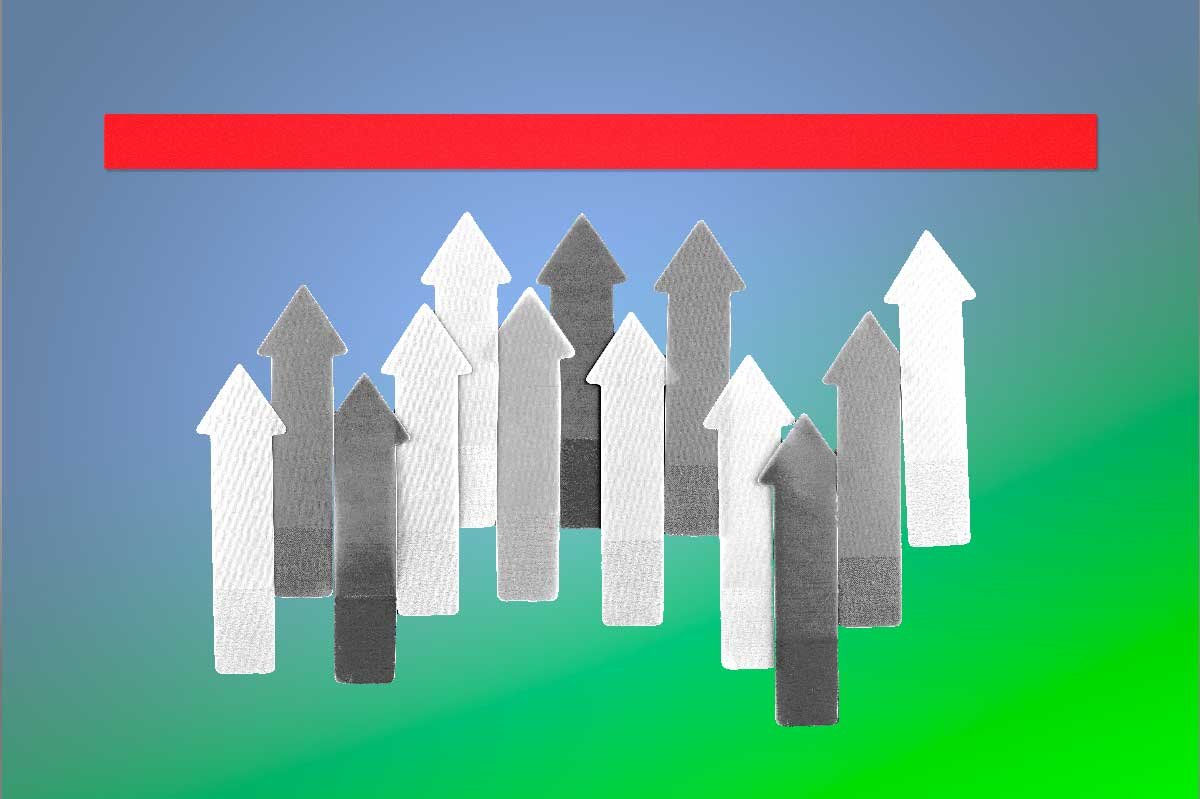Most of us wonder if we’re saving enough for retirement. It’s a common concern, and for good reason. Statistics still show that many Americans struggle to meet basic retirement savings benchmarks. I remember feeling that same uncertainty when I first started contributing to my 401(k). But with the arrival of new legislation and potential updates to 401(k) contribution limits and guidelines, you have an opportunity to boost your retirement plan for 2025.
The purpose of this article is to guide you through the 2025 401(k) contribution limits and share strategies for maximizing your retirement savings. I’ll break down the numbers, explain the updated catch-up contribution rules, and show you how to make the most of these changes—even if you’re just getting started. By the end, you’ll have a solid roadmap for securing your financial future.
A 401(k) is an employer-sponsored retirement plan that lets you save money on a tax-advantaged basis. In 2025, there are some noteworthy updates, particularly for individuals aged 60 to 63. Let’s explore these new limits so you can make more informed decisions about your retirement strategy.
Table of Contents
401(k) Contribution Limits for 2025
The IRS typically announces official 401(k) limits in the fall prior to the new year. The figures we’ll discuss for 2025 are based on provisions in the SECURE 2.0 Act and available guidelines as of now. While they are subject to change, these details provide a practical framework for planning your contributions.
Employee Contribution Limit
The 401(k) employee salary deferral limit for 2025 is projected to be $23,500. This means you can contribute up to \$23,500 from your paycheck on a pre-tax or Roth basis (depending on your plan options). This figure is slightly higher than the 2024 limit due to adjustments for inflation and legislative updates.
Additionally, the combined limit—covering both your contributions and any employer contributions—rises to \$70,000. This includes:
- Your salary deferrals (pre-tax and/or Roth)
- Employer matching contributions
- Any non-Roth after-tax contributions you choose to make if your plan allows it
It’s crucial to remember that your total contributions can’t exceed your annual compensation from the employer sponsoring the plan. Always check with your plan administrator to confirm specific rules about after-tax contributions.
Employer Matching Contributions
Employer matches can supercharge your savings. Some employers match dollar-for-dollar up to a certain percentage, while others use tiered structures. For instance, they might match 100% on the first 3% of your pay and then 50% on the next 2%. Your plan’s structure determines how much free money you can receive.
In many cases, simply contributing enough to get the full employer match can add thousands of dollars to your account each year. This match counts toward the overall \$70,000 limit for 2025. It doesn’t affect your \$23,500 individual deferral limit, though it does bump up the total contributions on your behalf.
Before finalizing your contribution amount, consult your Human Resources department or your plan documents. That way, you’ll know exactly how to take advantage of all matching dollars available.
Catch-Up Contributions
Catch-up contributions are extra contributions allowed for older workers, giving them a chance to “catch up” on retirement savings. Here’s how they look for 2025:
- Ages 50–59 or 64+: You can contribute an additional \$7,500, for a total of \$31,000 (i.e., \$23,500 plus \$7,500 in catch-up).
- Ages 60–63: Your catch-up limit increases to \$11,250, bringing your total possible deferral to \$34,750.
These expanded catch-up rules for ages 60 to 63 are a result of new provisions in the SECURE 2.0 Act. If you fall within that age range in 2025, you can set aside even more. This extra cushion is designed to help late savers accelerate their retirement funding. And unlike employer matching contributions, any catch-up contributions you make are in addition to the combined contribution limit of $70,000.
While these figures come from enacted legislation, it’s still wise to check for final IRS confirmation later in 2024. Tax laws are always subject to change, and official guidance can evolve.
Strategies for Maximizing 401(k) Contributions
Understanding the numbers is just the first step. Next, you need to turn that knowledge into action. Here are some tried-and-true strategies to make the most of your 401(k) in 2025.
Automate Contributions
Automation is my favorite tip. When you set up automatic payroll deductions, you never see the money in your checking account. This helps curb the temptation to spend. Whether you’re contributing 5%, 10%, or aiming for the max, making your savings automatic removes the guesswork.
Many plans also offer an automatic escalation feature. That means your contribution rate increases by a set percentage each year. For instance, you might start at 6% in 2025 and automatically move to 7% in 2026. Over time, these small adjustments can add up in a big way.
Review and Adjust Contributions Regularly
Life changes fast. Raises, promotions, or even unexpected financial hurdles can affect how much you can afford to contribute. That’s why it’s critical to review your 401(k) elections at least once a year. If you receive a pay bump, consider increasing your contribution rate. If your household expenses go down—maybe the kids have finished college—redirect that money into your retirement account.
Regular reviews also let you fine-tune your strategy as you inch closer to retirement. If you find you’re behind on your goals, you can take advantage of those new, larger catch-up contributions (particularly if you’re 60–63) to close the gap faster.
Understand Your Investment Options
Contributing the maximum won’t be as beneficial if your investments aren’t aligned with your risk tolerance or retirement timeline. Take a look at the funds offered in your 401(k). Are you in a target-date fund that automatically adjusts from aggressive to conservative investments over time? Or are you selecting from a menu of mutual funds where you need to manage your allocations?
If you’re not sure, consider seeking advice from a financial planner. They can help you select a mix of investments that balance growth potential and risk. Over the course of 20 or 30 years, the difference between a well-structured portfolio and a mismatched one can be huge. A 401(k) contribution calculator can also model different scenarios and outcomes.
Tax Advantages of 401(k) Contributions
Making contributions to a 401(k) gives you more than just a chance to build wealth. It also comes with significant tax perks.
Tax-Deferred Growth
If you contribute to a traditional 401(k), your taxable income for the year is reduced by the amount you set aside. You won’t pay taxes on your contributions or earnings until you withdraw them in retirement. This means your money grows tax-deferred, potentially leading to greater growth over the decades.
For example, if your annual salary is \$70,000 and you contribute \$10,000 to your 401(k), you’re only taxed on \$60,000 of your income this year. Your $10,000 contribution can then grow without the yearly drag of taxes on dividends or capital gains. In retirement, you’ll pay taxes on your distributions, but hopefully at a lower bracket if your income is reduced.
Potential for Employer Tax Credits
Employers may be eligible for certain tax credits when they establish or maintain 401(k) plans. This won’t directly boost your personal tax return, but it can encourage companies to keep their plans robust and even enhance matching contributions. If your company is small or just adopting a retirement plan, these credits can be a strong motivator for them to offer a well-designed 401(k) plan.
Considerations for Different Life Stages
Retirement planning isn’t one-size-fits-all. Your strategy will shift depending on whether you’re just starting out, in the middle of your career, or approaching retirement. Here’s how 2025’s 401(k) rules might affect you at each stage.
Early Career
When you’re in your 20s or early 30s, retirement can feel like a distant dream. But the earlier you start, the more time your money has to grow. Even contributing a small percentage of your salary can have a big impact after 30 or 40 years of compound growth.
If you’re juggling student loans or other debts, aim to save at least enough to capture your employer’s full match. You can always increase that rate later. As your salary rises, bump your contributions accordingly. Small, consistent steps in your early years can reap huge rewards down the road.
Mid-Career
By the time you reach your 30s, 40s, and early 50s, life often gets more complicated. You might have a mortgage, car payments, kids, or other financial obligations. These can siphon funds away from your retirement account. However, you’re also likely in your peak earning years, so it’s time to step up your savings if you haven’t already.
Review the 401(k) contribution limits by age to understand exactly how much you can contribute and when. If you’re doing well financially, consider maxing out at \$23,500 plus catch-up contributions if you’re eligible. The more you can stock away now, the easier your final stretch to retirement will be.
Pre-Retirement
If you’re in your 50s or early 60s, retirement isn’t far off. For 2025, the new rules can be especially advantageous. If you’re 50–59 or 64+, you’ll have an extra \$7,500 in catch-up contributions, for a total of \$31,000. But if you’re 60–63, you can take it even further, contributing \$11,250 in catch-up for a total of \$34,750. This is a perfect time to supercharge your savings.
Consider how you’ll tap into your funds once you retire. Some people prefer rolling over their 401(k) into an IRA, while others stick with their employer’s plan. Think about fees, investment options, and any Roth conversion strategies you might want to employ. Being proactive now can help you avoid last-minute stresses and penalties later.
Addressing Common 401(k) Contribution Concerns
It’s normal to have doubts or questions about pushing your contributions higher. Let’s tackle a few of the most common concerns I hear.
“I can’t afford to contribute more.”
Many people feel stretched thin, especially in unpredictable economic times. One approach is to start small and build gradually. Even adding 1% more each year can lead to significant growth over time.
You can also examine your budget to find any wasteful spending. Cutting back on subscription services you no longer use or reducing how often you dine out can free up cash for your 401(k). The key is consistency—small steps taken every month will add up.
“I don’t know how to choose investment options.”
Choosing the right funds can be intimidating. If you’re not comfortable doing it yourself, consider a target-date fund that automatically adjusts your asset mix as you age. Or consult a qualified financial advisor who can guide you in selecting the right combination of stocks, bonds, and other investments.
Staying informed is key. Review your account at least annually, and don’t hesitate to rebalance if your portfolio has drifted from your intended allocation.
“I’m worried about accessing my 401(k) before retirement.”
Emergencies can happen. While a 401(k) is designed to be a long-term investment, there are provisions for hardship withdrawals or 401(k) loans. However, these options come with downsides—like taxes, penalties, and the potential to miss out on market gains while your money is withdrawn.
When possible, set up a separate emergency fund for short-term crises. That way, you won’t need to tap into your 401(k) prematurely. If you do take a loan, read the rules carefully, especially if you think you might change jobs before it’s fully paid back.
In Conclusion:
The landscape for 401(k) contribution limits in 2025 is evolving, with increased catch-up contributions for many age groups. If you’re ready to bolster your retirement plan, understanding these new limits is the first step. Take advantage of employer matching, automate your savings, and consider professional advice if you’re unsure how to invest.
Retirement might seem far away—or it might be just around the corner. Either way, the best time to step up your contributions is now. I encourage you to assess your finances and decide how much you can comfortably invest for your future. Schedule a consultation with a financial planner if you need a personalized plan. Even a small change today can yield significant rewards when retirement day finally arrives.


